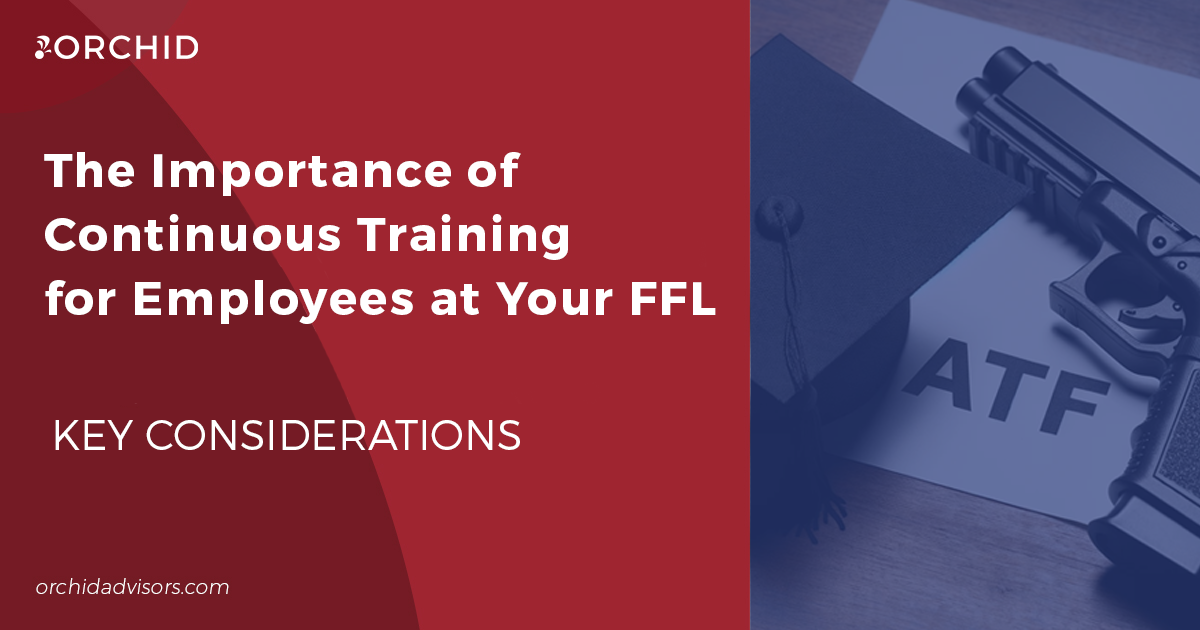On February 24, 2017, we launched a ten-part series dedicated to improving the financial performance of your firearms business. This week, we’ll take the first step in analyzing your Profit & Loss (P&L) statement to find hidden cash opportunities.
A high-level P&L analysis can be very telling about the operations of your business. Your profits may be down, but do you know why? Perhaps your profits are being drained by excess raw material costs? Maybe you’re experiencing high scrap rates caused by poor supplier quality? A practice performance improvement initiative always begins with an understanding about your current position.
Outside of basic “cost cutting” do you know: (1) What to change; (2) How to change; (3) How much change is required; and (4) In what priority? As a starting point, we recommend that you identify 1, 2 or 3 top performing companies in your peer group and benchmark your financials as shown below. If nothing else, this high-level method of analysis can help organize your financial improvement initiatives for the coming year.
How do I Benchmark my Profit and Loss (P&L) Statement?
We break the P&L down into six very fundamental levels which include Revenue, four major expense categories and Profit. Begin by dividing your annual or quarterly Direct Material (DM), Direct Labor (DL), Overhead and Selling, General & Administrative (SG&A) expenses into your Revenue to establish a percentage. The total of these percentages should equal one (1) and if there is a remaining balance, that should be considered your Profit (pre-tax, of course).
| Sample P&L | Percentage of Revenue | A Simplified View | |
| Revenue | $200m | 100% | $1 |
| Direct Material | ($72m) | (36%) | (.36) |
| Direct Labor | ($22m) | (11%) | (.11) |
| Overhead | ($64m) | (32%) | (.32) |
| SG&A | ($36m) | (18%) | (.18) |
| Profit, Before Tax | $6m | +3% | $0.03 |
In the above example, you will see that for each dollar earned, only 3 cents of profit is generated. You’ve worked very hard for not much money! And, depending on the root cause it is possible that more sales (i.e., more revenue), won’t solve the problem.
You’re frustrated over the low profit levels, but how do you know if the figure is good or bad? And, if it is bad, where should you focus your efforts and in what priority?
Your industry, business model and product base will affect the construct of your “ideal” P&L. In other words, don’t benchmark your consumer product retail business against an automotive manufacturer. You should seek an apples-to-apples comparison of known leaders whose operational model matches yours. If you are unable to find such benchmarks, reach out to an industry expert at Orchid Advisors for assistance.
In the following example, we’ll provide a side-by-side comparison of two hypothetical manufacturing companies Can you point out their weakness? Where would you start your turnaround?
|
Company A “You” |
Company B “The Benchmark” |
The Opportunity | |
| Revenue | $1 | $1 | |
| Direct Material | (.36) | (.28) | $0.08 |
| Direct Labor | (.11) | (.05) | $0.06 |
| Overhead | (.32) | (.29) | $0.03 |
| SG&A | (.18) | (.14) | $0.04 |
| Profit, Before Tax | $0.03 | $.24 | $.21 |
If your business generated $100m in annual revenues our benchmark suggest that you should be able to increase profits by $21m without selling more products! Simple, huh? Don’t get too excited, this is just a foundational step in understanding your potential.
The next level of analysis requires an account-by-account level review of the areas noted above to find out the root cause. For example:
- Maybe your Direct Material costs are too high because of a costly outsourced manufacturing strategy. Or, maybe you have a highly-fragmented supply base (that’s consultant speak for too many suppliers!) and you aren’t taking advantage of economies of scale.
- Your Direct Labor expense might be out of control due to excessive overtime or a basic mismatch between assigned labor pools and required talent levels.
Absent any other factors, financial management principles would suggest that you prioritize the areas of weakness (DM, DL, Overhead or SG&A) by the greatest return on investment. But that’s not necessarily true. It is important to understand the Payback Period and other implications to your business. If attacking Direct Material cost reductions requires five years before you see an improvement, think again. You may choose to address low hanging fruit where profits are unnecessarily leaking and can be resolved quickly.
Knowing how and what to attack requires a greater level of insight
In our next segment, Part III, we’ll take you to the next level. Part III provides a focus on your Product Portfolio and Pricing Strategy. But take note, won’t be analyzing those concepts from a market-facing perspective! Instead, we’ll evaluate how your SKU-mix can impact your quality, delivery performance and profitability. Join us in a few weeks for our next level journey into your financial and operational transformation!
Want to Learn More about Financial Performance Strategies and Techniques for Improvement?
Join our team this August in Boston, MA at the Firearms Industry Strategy and Operations Conference (FIOPS). In attendance will be retail, manufacturing and distribution executives, financial lenders, software vendors and operational strategists. We hope to see you there.
Need to a Better Understanding of Compliance and Business Impact?
Join our team this May in Arlington, VA at the Firearms Industry Compliance Conference (FICC). Side by side with FBI, ATF, NSSF, and industry leaders, you will be coached how to successfully marry compliance excellence with your business goals. The informal mixers, question and answer sessions, and educational seminars allow you to gain an in-depth understanding of how your compliance program compares to industry standards and opportunities for innovative development.
Contact Us Today






0 Comments